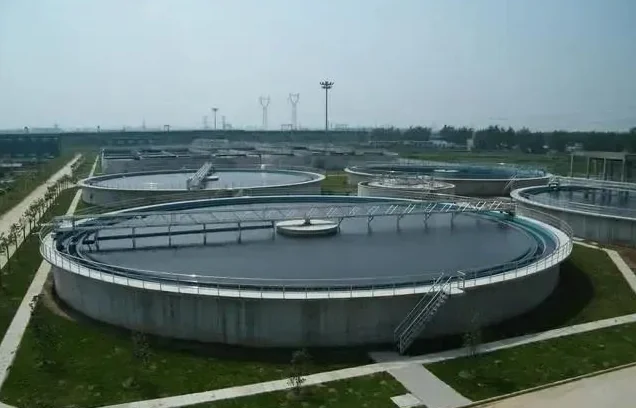Today, many countries are working hard to reuse wastewater and meet discharge standards. To do this well, we need to understand the relationship between COD, BOD, and carbon sources. This is key knowledge for all environmental engineers and operators.
Many beginners in the water treatment field often confuse COD (Chemical Oxygen Demand), BOD (Biochemical Oxygen Demand), and carbon sources. Some even cannot tell if the carbon source they add is really useful. In this article, we will clearly explain the differences and connections among these three.
What Is COD? It Does Not Mean “Usable” Carbon Source
COD (Chemical Oxygen Demand) is the total amount of reducible substances in wastewater that can be oxidized by strong oxidants. It not only includes degradable organic matter, but also difficult to degrade organic matter, and even some reducible inorganic substances such as nitrite and ferrous salts.
✅ COD means the total amount of pollutants, not the total amount of carbon sources available to microorganisms.
✅ A higher COD does not always mean that the carbon sources in the system are more abundant.

BOD Shows the Amount of Degradable Organic Matter
BOD (Biochemical Oxygen Demand) is the amount of oxygen that microbes need to break down organic matter in wastewater, under certain time and temperature. It more accurately reflects the content of easily degradable organic matter in wastewater, most of which can be utilized by microorganisms.
✅ BOD is part of COD. It usually makes up 30% to 70% of COD.
✅ A higher BOD means there are more usable organics for microbes.
✅ A higher BOD/COD ratio means better biodegradability.
What Is Carbon Source? It’s Fuel for Microbes
Carbon sources are organic substances that microbes can use for growth and energy. Common types include:
- Sugars (like glucose and starch)
- Organic acids (like acetic acid)
- Alcohols (like methanol and ethanol)
These can raise the BOD and help with biological nitrogen removal (denitrification).
✅ Carbon source ≠ COD. Only part of COD is a usable carbon source.
✅ Common carbon sources: glucose, sodium acetate, methanol, ethanol, corn syrup
✅ Purpose of carbon source: increase BOD, support microbes, improve nitrogen and phosphorus removal
Summary:
| Item | COD | BOD | Carbon Source |
| Definition | Total oxygen demand (organic + inorganic) | Biodegradable oxygen demand | Usable organic substances for microbes |
| Relation | Includes BOD and carbon source | Part of COD | Part of BOD |
| Indicator | Total pollution load | Easy-to-degrade organics | Microbial food and energy |
| Use | Water quality check, pollution load | Biodegradability test | Boost bio-treatment and nitrogen and phosphorus removal |
Practical Tip: Check BOD/COD Ratio Before Adding Carbon Source
In daily operation and design, it is important to check the BOD/COD ratio:
- If BOD/COD ≥ 0.4 → Good biodegradability. A small amount of carbon source can be added or not added
- If BOD/COD ≤ 0.2 → Poor biodegradability. Adding carbon source is recommended to remove nitrogen
Also, consider:
- Cost of carbon source
- Reaction speed
- End products of microbial metabolism
This helps avoid poor results even when carbon source is added.
